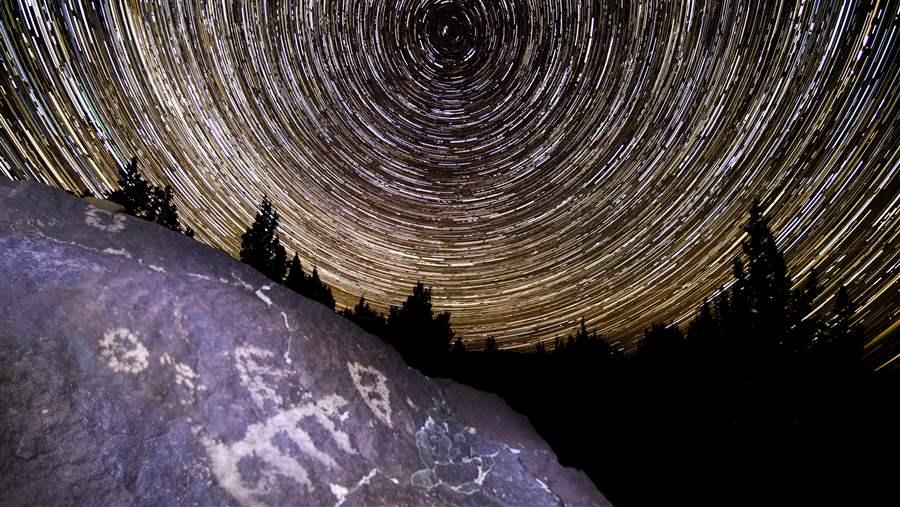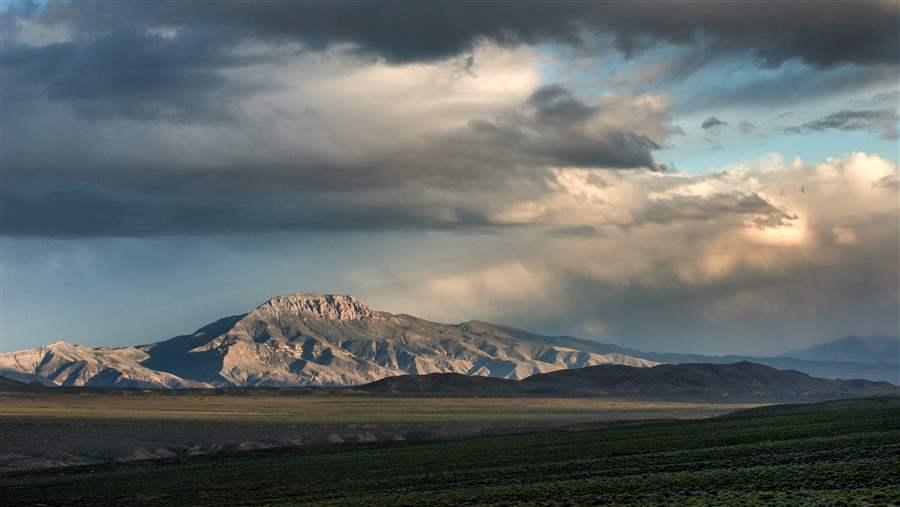5 Reasons to Protect Northern Nevada
Public lands bills would safeguard habitat, expand recreation, and boost economic opportunities
Local advocates are working in Douglas, Pershing, and Washoe counties in northern Nevada to convince the U.S. Congress to pass public lands legislation that would expand recreational opportunities, conserve wild lands and wildlife habitat, and promote economic development.
Here are five reasons that Congress should protect this area:
1. Expansive and varied wilderness
Northern Nevada is home to the Burbank Canyons, Tobin Crest, and Buffalo Hills proposed wilderness areas. Wild lands in northern Nevada feature classic canyons and buttes and rims, as well as upland benches and sweeping valley floors, flowing streams, sagebrush seas, and aspen groves.
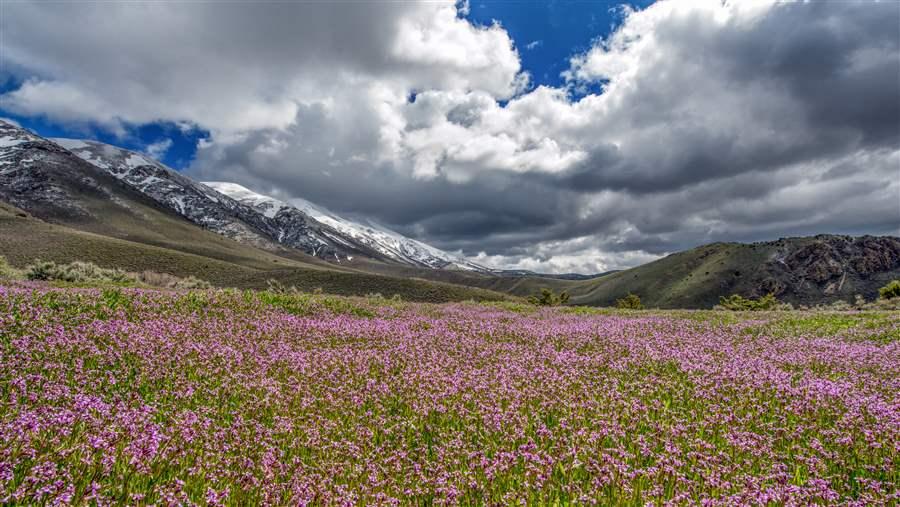
The area around Pershing County’s Tobin Crest is prime habitat for greater sage-grouse.
© Kurt Kuznicki
2. Wildlife habitats for mammals and birds
Mountainsides, high-altitude springs, and upland meadows provide essential summer wildlife habitat when surrounding lands are parched. Bighorn sheep, mule deer, pronghorn antelope, and mountain lions call northern Nevada home, along with greater sage-grouse, red-tailed hawks, prairie falcons, golden eagles, and many song birds.
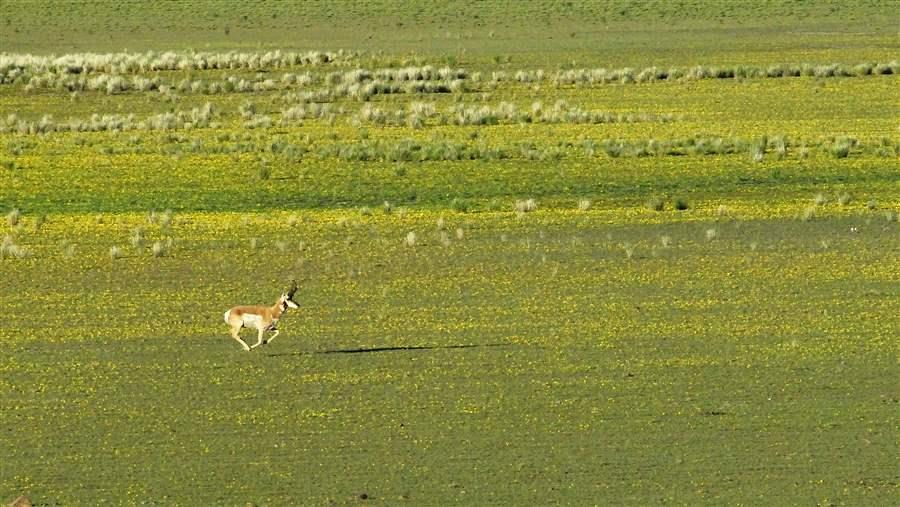
Pronghorn antelope and other species use the Sheldon National Wildlife Refuge as migration corridors. Several proposed wilderness areas in Washoe County are adjacent to the refuge.
© Kurt Kuznicki
3. Opportunities for recreation
Proposals would expand recreational opportunities in northern Nevada by providing additional land for parks and trails while shielding many of the remaining wild lands from growing development pressures. A Washoe County proposal would designate a multiuse trail system and a new recreational shooting facility.
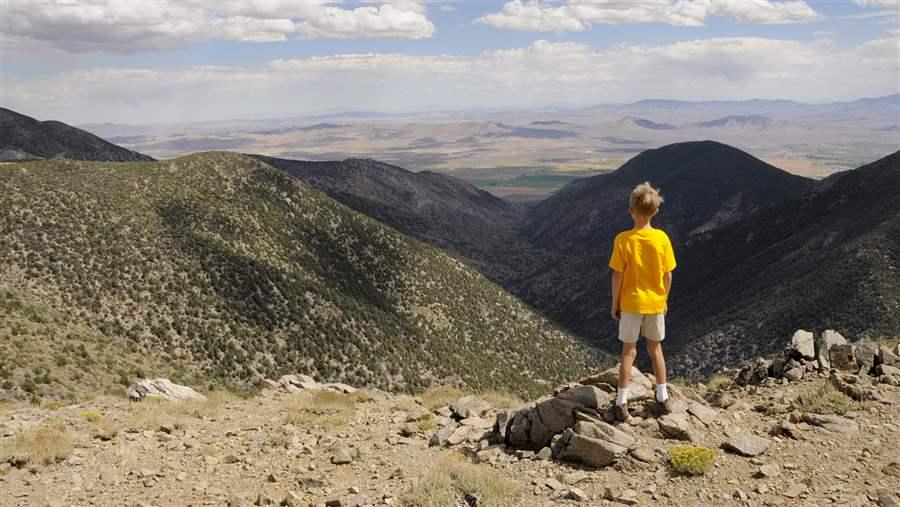
A young hiker takes in the view of Burbank Canyons in Douglas County. Preserving wilderness in northern Nevada would provide opportunities for activities such as hiking, camping, hunting, and horse packing.
© Brian Beffort
4. Ancient archaeological sites
Surveys of this region reveal a highly complex prehistoric settlement pattern. Remnants of cultural resources reflect 10,000 years of human occupancy in the Massacre Lakes Basin area in Washoe County. These artifacts and studies help to increase our understanding of human prehistory and the changing ecology of this region.
5. Economic development and protected lands can coexist
Lands legislation would advance economic opportunities throughout the region by protecting existing uses for areas of significant ecological value and conveying some public lands for development. In Pershing County, for instance, the status of checkerboard lands—privately owned parcels surrounded by public lands—may finally be resolved by safeguarding areas with greater ecological value and designating others for development.
